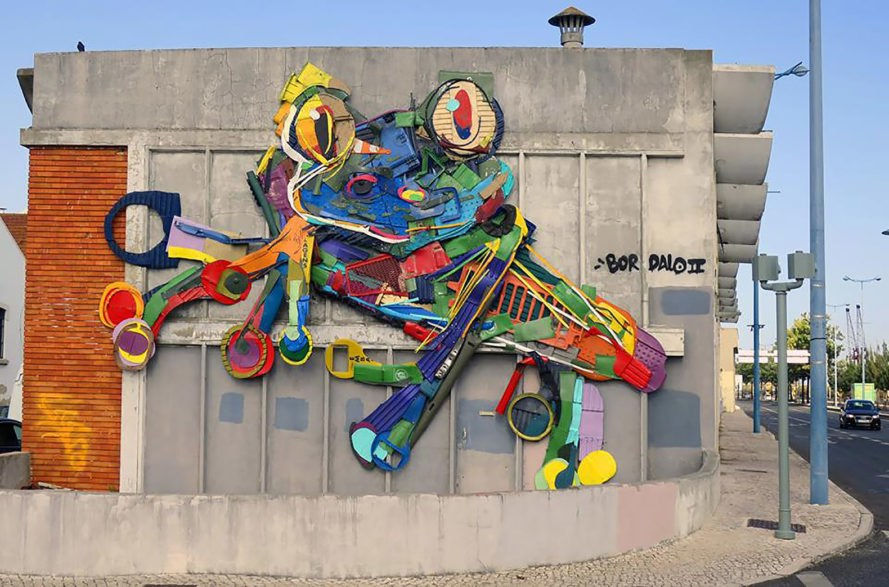Part IV - The Future is Now: Current Cities doing it Right
- Michael Etter
- Apr 26, 2019
- 2 min read
Looking at the present state of waste management, innovations and new strategies will be required to achieve a more sustainable waste sector that is environmentally conscious. Although the use of specific standards and monitoring technologies are relatively common in developed nations, such technologies will need to be adopted more to a greater extent in the developing world. Strategies centered around the concepts or source reduction and resource recovery will become increasingly important.

One such impressive international effort, is the Integrated Waste Management Facility (IWFM) which is currently under construction in Singapore. The facility is scheduled to be completed by the year 2022 and will function with a focus to achieve high levels of energy and resource recovery. Current projections suggest the IWFM will process approximately 5,800 tonnes of incinerable waste each day (1, 2).
Domestically, two cities within the United States using a unique approach to resource recovery are New York City, NY and Austin, TX. Each of these cities has launched a similar program to divert the overall amount of garbage being disposed of in landfills. The “[Re]verse Pitch Competition” out of Austin and the “NYC Curb to Market Challenge” out of New York City both offer local competitions for local business leaders, engineers, or artists to come up with business plans for garbage reuse. The winning team is given a modest startup fund then to initiate their project idea (3). This is an interesting grassroots approach that incentivizes local leaders, businesses, and artists to think hard about making a difference in their community, all while decreasing landfill waste.

Within large, developed countries, similar efforts that combine the public, nonprofit, and private sectors may ultimately provide the most success for diverting waste away from landfills. However, approaches like the IWFM in Singapore that work for clean, sanitary source and energy recovery may make the biggest difference in reducing the impact of waste management in urban settings.
Sources:
1) World’s Largest Waste-to-Energy Facility in Singapore. 2018. State of Green.
Retrieved from https://stateofgreen.com/en/partners/ramboll/solutions/combining-waste-and-used-water-in-a-singaporean-mega-project/
2) Integrated Waste Management Facility (Ongoing): The Future of Infrastructure. 2018. AECOM. Retrieved from https://infrastructure.aecom.com/2019/about
3) Anderson, J. 2019. “Can Cities Ever Reach Absolutely Zero (Waste)?" Retrieved from https://nextcity.org/features/view/can-cities-ever-reach-absolute-zero-waste






Comments